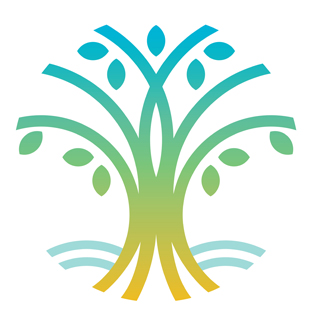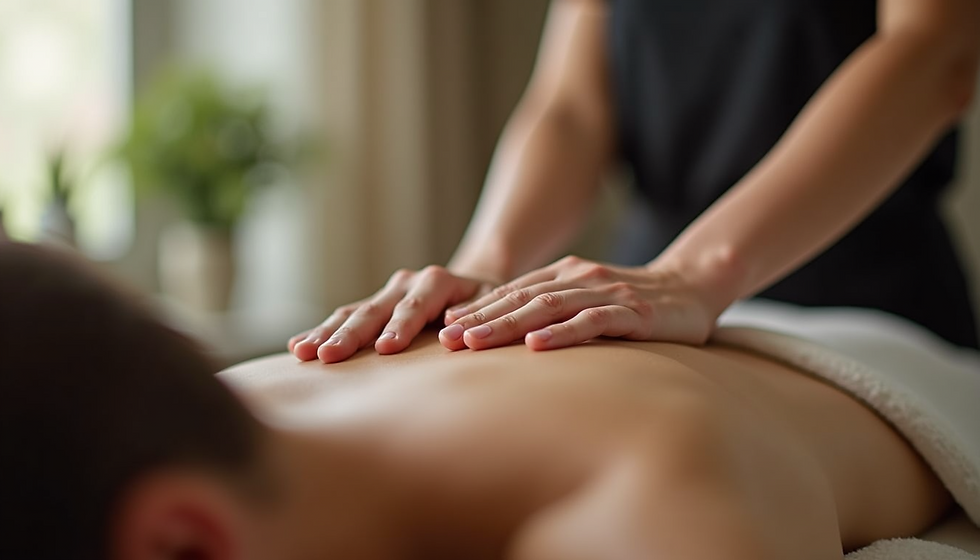Reiki Series: What Is Reiki? Part 1 of 4
- Nikki Staley
- Aug 25, 2024
- 4 min read
Updated: Aug 30, 2024

Throughout this series consisting of four parts, we will delve into the world of Reiki, a potent method of healing and a lifestyle that fosters inner peace and wellbeing. The initial article will serve as an introduction to Reiki, covering its origins and fundamental principles. Subsequently, the second article will explore the workings of Reiki, elucidating the principles and mechanisms underlying this Japanese energy-based healing practice. The third article will offer practical insights into how Reiki can enhance your daily life, from stress reduction to emotional equilibrium. Lastly, the fourth article is tailored for individuals seeking to incorporate Reiki into their lives as practitioners.
Reiki, a Japanese healing method, is renowned globally for its holistic approach to health. Practitioners transmit universal life force energy through their hands to facilitate healing on physical, emotional, and spiritual levels. Reiki is inclusive of all beliefs and backgrounds as it is not tied to any specific religion.
History of Reiki
Reiki, traces its origins to early 20th century Japan. Whilst, Mikao Usui Sensei is credited as the founder of Reiki after his enlightenment on Mount Kurama in 1914, there were at least four other styles of Reiki being practiced in Japan at the time. Matiji Kawakami, who was a Japanese therapist, created a healing style he called Reiki Ryoho, and in 1919 published a book titled "Reiki and its Effects".
The other Reiki styles at this time were Reikan Tonetsu Ryoho created by Reikiaku Ishinuki, Senshinryu Reiki Ryoho created by Kogestsu Matsubara and Seidel Reishojutsu crated by Reisen Oyama.
One day, Mikao Usui Sensei climbed Mt Kurama, where he began to do penance while fasting. This practise is call kushu shniren on his memorial stone in Japan. During this time, he received enlightenment which led him to want to share his teachings with the world. Reiki is derived from the Japanese words "Rei" (spiritual) and "Ki" (energy). The word "Reiki" is also used today to represent a healing system. Although Mikao Usui Sensei never called it Reiki, it can be found in the branches of schools that developed from Mikao Usui's teachings. His early teachings were less formalised and structured.
The Usui memorial is located at the Saihoji temple in the Suginami district of Tokyo. It was erected by Usui Sensei's students shortly after his death. It is maintained by the Usui Shiki Reiki Ryoho, the organisation started by Usui Sensei. The memorial stone is about 10 feet tall and 4 feet wide.
Reiki gained prominence throughout the world through the efforts of Hawayo Takata, a Japanese-American woman who once received reiki and was so impressed by the results, decided to learn the techniques and become a Reiki practitioner and teacher. She began teaching and sharing Reiki in Hawaii, which played a crucial role in introducing Reiki to the Western World. Her teachings helped to establish Reiki as a respected practice in holistic and alternative medicine, which has continued to spread globally, adapting and evolving as it integrates with diverse healing traditions and practices.
The System of Reiki
The System of Reiki has 3 levels and consists of five elements:
Shoden Level I
(Beginner Teachings)
Shoden instructs on self-healing practices and provides fundamental knowledge on assisting others. This stage marks the start of the student's journey towards self-discovery, signifying only the initial steps.
Okuden Level II
(Hidden or Inner Teachings)
In Okuden, students are taught three mantras and three symbols that help concentrate energy. This stage allows you to uncover your latent inner strengths, including your Earth, Heaven, and Heart energy. It also presents the chance to establish a professional treatment practice based on these teachings.
Shinpiden Level III
(Mystery Teachings)
Shinpiden is centered on individual growth and instructs the student in attunement techniques. This stage involves delving deeper into the enigmas of existence, exploring your connection with yourself and the cosmos. It is a lifelong practice that remains personal, but can evolve into a professional teaching endeavour if desired.
Further Japanese cultural and philosophical insights are also imparted at every stage, and these will be elaborated upon in greater depth according to the respective levels.
The Five Elements
There are five major elements that make up the system of Reiki.
Developing Spiritual and Mental Focus
Techniques and Meditations
Hands on Healing
Four Mantras and Symbols
Reiju/Attunements
Reiki Precepts
The Reiki precepts form a fundamental component of the Reiki system, alongside four other key elements. Precepts serve as a set of instructions or principles, having long been employed as ethical guidelines in various spiritual and religious traditions throughout history.
The precepts, initially taught by Mikao Usui Sensei, serve as a great starting point for students embarking on their journey towards self-healing. It is thought that Mikao Usui Sensei began teaching these precepts as far back as 1915. There have been many variations to the precepts through different teachers and branches of Reiki.
The secret of inviting happiness through many blessings,
The spiritual medicine for all illness:
For today only:
Do not anger
Do not worry
Be grateful
Work diligently
Be kind to yourself and others
These precepts emphasise living in the present moment, cultivating gratitude, and fostering a sense of inner peace. They serve as a reminder to approach life with compassion, patience and an open heart.
In the next article, we will explore how Reiki works, diving deeper into the mechniisms behind this energy-based healing technique. By learning more about how Reiki functions, you'll gain a clearer insight into its potential to support your wellbeing and a deeper level.
Have you every experienced reiki before? What did you notice and how did it feel? We would love to hear from you as we delve into this modality.
If you haven't yet experienced reiki, or would like to have another session, you can book in with Nikki Staley, Metaphysician, Reiki Practitioner and Holistic Counsellor, who is at the Surf Coast Health and Wellbeing Clinic in Torquay. Book here.





Comments